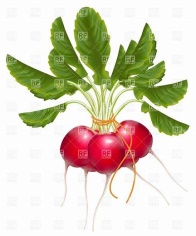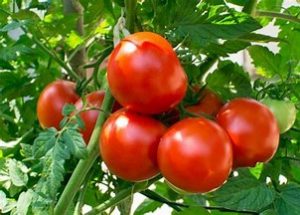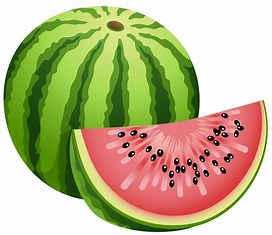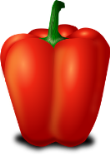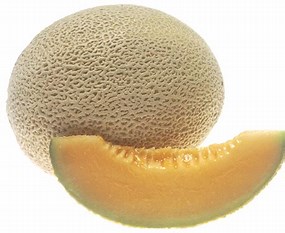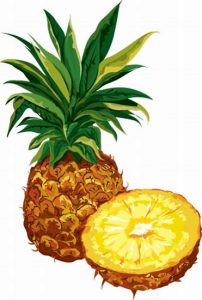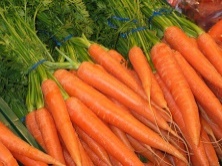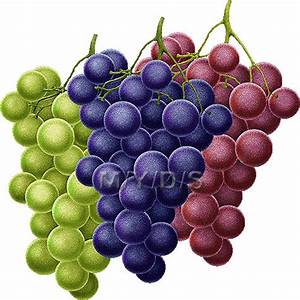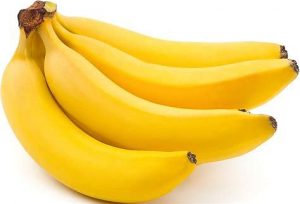There are two kinds of juice I’d like to evaluate here: Fruit juice and Vegetable Juice…Let’s take a look at fruit juice first:
Fruit Juice 
If you have a choice between drinking a glass of orange juice or eating the fruit – eat the fruit. Here’s why:
Fruit juice normally lacks the fiber (in the skin) from the original fruit, along with vital nutrients from the fruit’s pulp, that help the body digest the fruit and provide those nutrients to the body. The sugar in juice becomes highly concentrated causing the blood sugar to rise more quickly. Also, the level of sugar can be higher.
For example, 120 calories of a whole apple contains 24g of sugar while a glass of apple juice can have 30g.
Additionally, many commercial juices have added sweeteners like sucrose or high fructose corn syrup which pose their own unique dangers to our health (more about high fructose corn syrup in a separate article).
Bottom Line: Here’s the order of choice:
#1 Eat the whole fruit.
#2 Drink 100% natural fruit juice (no added sugar)
#3 Drink the sweetened juice (if you’re dying of thirst and it’s the only game in town)
An occasional juice can be refreshing and hydrating…just be aware of your hydration needs for that day and adjust accordingly.
Personal Note: About orange juice…I read years ago that because the acid in this juice bypasses the digestive tract it can have a drying effect on the skin. So, if you are having skin problems and you drink lots of orange juice, there might be a connection.
Vegetable Juice 
The “sugar” effect is present here as well except that the level of sugar is lower. An occasional veggie juice when the mood strikes and you’re thirsty is ok, but not on a regular basis…no fiber.
Contrary to popular belief juicing is not healthier than whole veggies…quite the opposite…much of the vegetable is left behind – pulp and the fiber which contain vital nutrients. and it’s very expensive because a high quantity of vegetables are needed to make a small amount of juice.
Personal Note: I tried juicing once with a well known brand of juicer and was disappointed in the results. 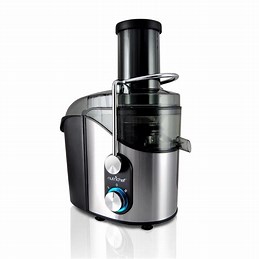 So much pulp was stuck inside and so little juice came out. It was a mess. I have a blender which some experts recommend as a better choice, but I wouldn’t try to blend carrots in it. I’m liable to have it explode in my face or burn out the motor.
So much pulp was stuck inside and so little juice came out. It was a mess. I have a blender which some experts recommend as a better choice, but I wouldn’t try to blend carrots in it. I’m liable to have it explode in my face or burn out the motor. 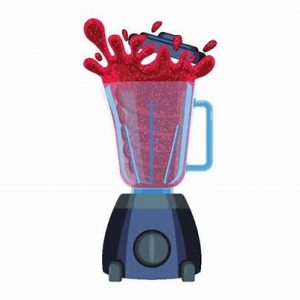
Bottom Line: Juice is a good occasional drink for hydration, especially if it’s a choice between juice and soda when you’re out and about. Just remember that you might be missing the important parts so adding some whole fruit and vegetables on those days would be wise.
If you can afford a juicer or blender that keeps the veggies intact so you get the entire vegetable, pulp, and fiber into your juicer at home…go for it. I can imagine a blend of carrots, celery, kiwi and watermelon might taste great. If anyone has a juicer that does this I’d like to know about it…I’d like to make a juice of carrots with celery and some seedless watermelon!
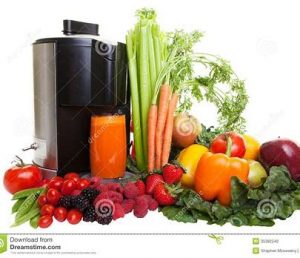
Food for Thought!
http://www.whfoods.com/genpage.php?tname=george&dbid=24
https://medlicker.com/892-orange-juice-bad-for-you
![]()

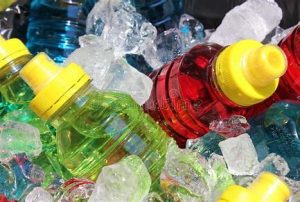 We all need to replenish our bodies with the water we lose every day through normal activity. However, a sports drink might be a better choice during and after intense exercise to replenish minerals lost through sweat.
We all need to replenish our bodies with the water we lose every day through normal activity. However, a sports drink might be a better choice during and after intense exercise to replenish minerals lost through sweat.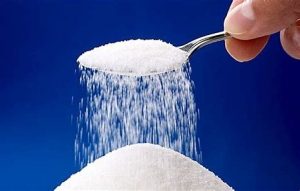 They also include sugar. This is added to provide immediate energy. The kind of sugar added varies with the manufacturer. It should come from glucose, sucrose, and/or fructose — all of which are easily and quickly absorbed. It shouldn’t be carbonated, as the bubbles can lead to an
They also include sugar. This is added to provide immediate energy. The kind of sugar added varies with the manufacturer. It should come from glucose, sucrose, and/or fructose — all of which are easily and quickly absorbed. It shouldn’t be carbonated, as the bubbles can lead to an  Sports drinks might also include amino acids to help with muscle recovery (again…what’s the source?) These are the building blocks of protein. Complete proteins have 8 essential amino acids so the question is: “What have they added to that drink”? Throwing in a few to make it look good will not add much to your health.
Sports drinks might also include amino acids to help with muscle recovery (again…what’s the source?) These are the building blocks of protein. Complete proteins have 8 essential amino acids so the question is: “What have they added to that drink”? Throwing in a few to make it look good will not add much to your health. In choosing a sports drink there are 2 important points to consider:
In choosing a sports drink there are 2 important points to consider: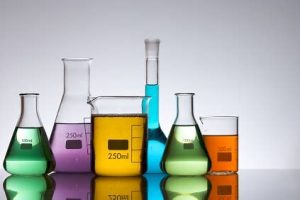 Does that drink contain dyes and food additives? Powerade Fruit Punch, for example, contains “glycerol ester of rosin.” Apparently that is a
Does that drink contain dyes and food additives? Powerade Fruit Punch, for example, contains “glycerol ester of rosin.” Apparently that is a 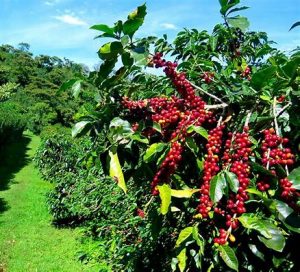 What is this concoction we call coffee? Millions of us drink it every morning so we can meet the day. We know it wakes us up and we love the taste…but what do we really know about it?
What is this concoction we call coffee? Millions of us drink it every morning so we can meet the day. We know it wakes us up and we love the taste…but what do we really know about it? The earliest evidence of coffee drinking or knowledge about the coffee tree dates back to the 15th century in the Sufi monasteries of Yemen. It soon spread to Mecca and Cairo, the rest of the Middle East, Europe and eventually to America in the 18th century. Thanks to the American Revolution and the Boston Tea Party Americans switched to coffee from tea which was considered unpatriotic. So, I guess you can thank our Founding Fathers for their efforts in making your favorite morning brew so popular today.
The earliest evidence of coffee drinking or knowledge about the coffee tree dates back to the 15th century in the Sufi monasteries of Yemen. It soon spread to Mecca and Cairo, the rest of the Middle East, Europe and eventually to America in the 18th century. Thanks to the American Revolution and the Boston Tea Party Americans switched to coffee from tea which was considered unpatriotic. So, I guess you can thank our Founding Fathers for their efforts in making your favorite morning brew so popular today.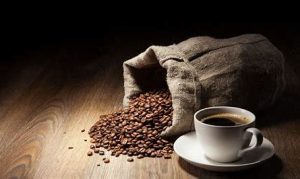
 “Moderate” amounts of coffee enjoyed daily will not cause dehydration. Common sense and being aware of any physical discomfort you experience like any problems you have sleeping are good guidelines. You can make any adjustments you deem necessary, like drinking less, or drinking earlier in the day so you don’t have any trouble with sleep. Drinking more water will help too.
“Moderate” amounts of coffee enjoyed daily will not cause dehydration. Common sense and being aware of any physical discomfort you experience like any problems you have sleeping are good guidelines. You can make any adjustments you deem necessary, like drinking less, or drinking earlier in the day so you don’t have any trouble with sleep. Drinking more water will help too.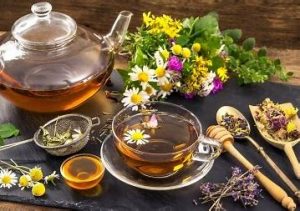 Herbal Tea is made from steeping herbs, spices, fresh or dried flowers, fruit, leaves, seeds or roots in boiling water for a few minutes. The tea is strained and sweetened if desired. Don’t have the time or patience for this approach?
Herbal Tea is made from steeping herbs, spices, fresh or dried flowers, fruit, leaves, seeds or roots in boiling water for a few minutes. The tea is strained and sweetened if desired. Don’t have the time or patience for this approach?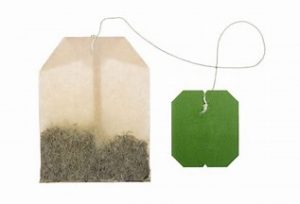
 Warning: While most herbal teas are caffeine free (I didn’t find any that do contain caffeine.) there are some that can have toxic effects or cause allergic reactions:
Warning: While most herbal teas are caffeine free (I didn’t find any that do contain caffeine.) there are some that can have toxic effects or cause allergic reactions: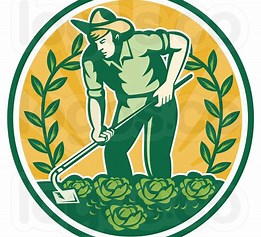 Herbal teas are considered a food crop in the U.S. and may contain pesticides or heavy metals. If you are unsure about what to buy, see if you can get organic herbal teas.
Herbal teas are considered a food crop in the U.S. and may contain pesticides or heavy metals. If you are unsure about what to buy, see if you can get organic herbal teas.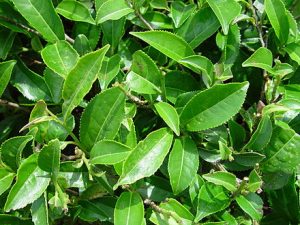 According to Wikipedia it’s “an aromatic beverage commonly prepared by pouring hot or boiling water over cured leaves of the Camellia sinensis, an evergreen shrub (bush) native to East Asia. It originated in southeast Asia, specifically around the intersection of
According to Wikipedia it’s “an aromatic beverage commonly prepared by pouring hot or boiling water over cured leaves of the Camellia sinensis, an evergreen shrub (bush) native to East Asia. It originated in southeast Asia, specifically around the intersection of  Tea initially came to America in the 1600’s with the Dutch who started a settlement in New Amsterdam.
Tea initially came to America in the 1600’s with the Dutch who started a settlement in New Amsterdam. 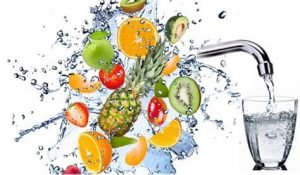 In “Water Rich Foods” I wrote about some foods that can add to your daily hydration, like tomatoes, pineapple, celery and cantaloupe. Now I’d like to explain how some beverages other than water can also contribute to hydration.
In “Water Rich Foods” I wrote about some foods that can add to your daily hydration, like tomatoes, pineapple, celery and cantaloupe. Now I’d like to explain how some beverages other than water can also contribute to hydration. 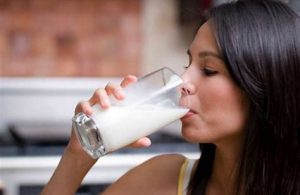
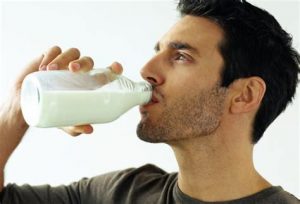
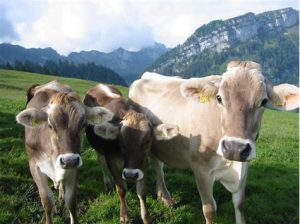
 will provide milk with about 4% fat content whereas a
will provide milk with about 4% fat content whereas a 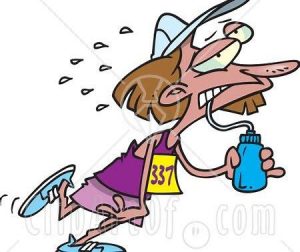
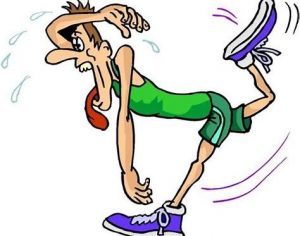

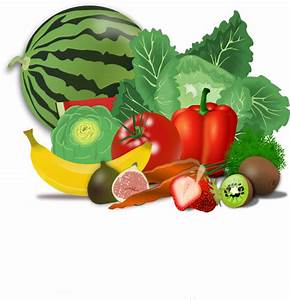 In my previous article called “Water…Water…Water” I wrote that we need lo get lots of water into our bodies every day to stay hydrated and be healthy. I gave some pretty high goals to reach. I said that men need to get about 3 liters (13 cups) daily, and women need about 2 liters (9 cups).
In my previous article called “Water…Water…Water” I wrote that we need lo get lots of water into our bodies every day to stay hydrated and be healthy. I gave some pretty high goals to reach. I said that men need to get about 3 liters (13 cups) daily, and women need about 2 liters (9 cups). 
